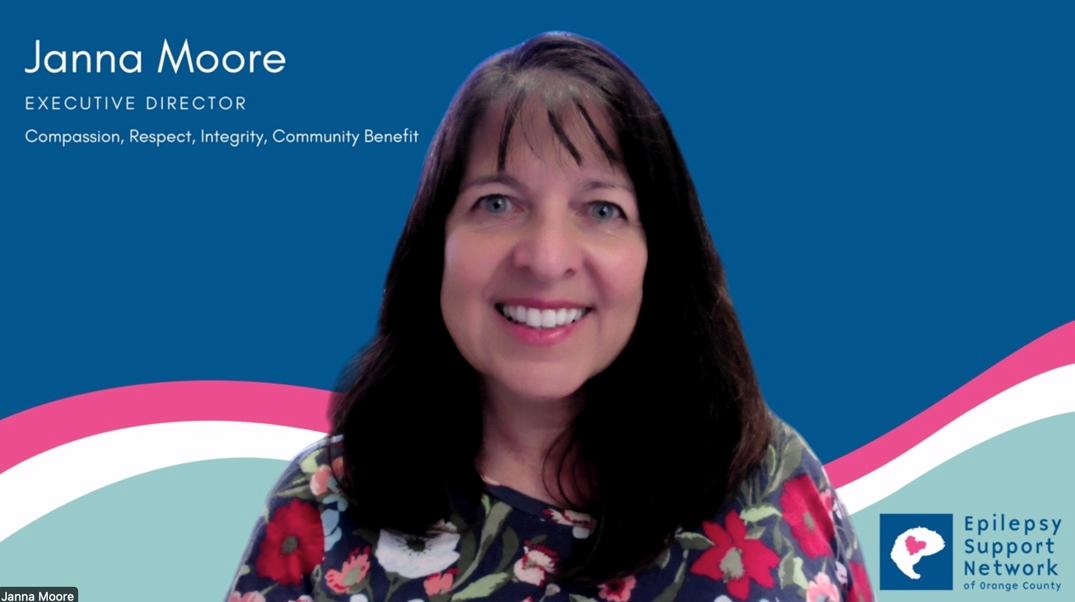
If you have been reading Living Well With Epilepsy for a while you may have read one or two of Soo Ihm’s articles. She recently had the opportunity to connect with Janna Moore, MPA, Founder and Executive Director of the Epilepsy Support Network of Orange County.
Soo Ihm:
I’m speaking with Janna Moore MPA, Founder and Executive Director of the Epilepsy Support Network of Orange County. The organization serves over 2,200 families who are affected with epilepsy in southern California.
Thank you for taking the time to talk with me and raising awareness about epilepsy.
Janna Moore:
Thank you for having me.
SI: How many people does the ESNOC serve?
JM: We’re estimating that there are 38,000 with epilepsy in Orange County. If 60-70% have seizure control, then there are about 11,000 who don’t have seizure control. So, we primarily serve those who do not have seizure control. And then meet friends along the way who support us, and we love that! We’re always looking for people like you to join our cause.
SI: How did you get started with the Epilepsy Support Network of Orange County?
JM: When my daughter was diagnosed with epilepsy when she was 3 ½ years old, in 1997. I did some research on the internet. The information was spotty. There wasn’t a combined source of information. Epilepsy is very complex, very serious, and there were tragic outcomes. I started educating myself, reading books, interviewing people in the field. It didn’t seem that epilepsy was taken seriously. People were having seizures, cognitive and developmental delay. At that time, seizures were not scientifically connected to harming the brain. So, there was a big push by parents that the professionals take it more seriously and study the brain. Not long after that, they did confirm through autopsies that seizures do damage the brain.
SI: I remember the community had the assumption that seizures do not cause death until SUDEP (Sudden Unexpected Death in Epilepsy) came to light.
JM: Medical professionals cannot depend on theory. They have to show that it’s scientifically proven, so there was a big push since children were having developmental delays and cognitive losses because of seizures. Now that it’s proven, there’s more of an urgency.
Epilepsy is urgent and medical professionals want to prevent every seizure possible. I think with the stigma and discrimination attached to epilepsy, it’s very difficult to accomplish goals when epilepsy was so far behind other diseases. So, while we’re educating and pressing for change and equity for people with epilepsy, there weren’t a lot of people behind this. Where are the people who are living well with epilepsy? Where are the advocates for epilepsy? I think individuals who are famous with epilepsy don’t want to lend their name to epilepsy awareness.
We all play a role in epilepsy advocacy. We all need to come together on the same page, promoting epilepsy education and awareness. When death is an issue in epilepsy, we have to move as urgently as possible. We don’t have an actual national death rate for epilepsy. 50,000 has been used, but we need to have accurate statistics so we can have more funding and more awareness.
There are many barriers to making progress, but that doesn’t make me any less determined. It would be so much easier and we could accomplish so much more if we had national statistics and data.
When I got involved in epilepsy, I realized that it was one of the most complex and difficult conditions because it involves the brain, and the brain is the central processing center of body. Especially for adults, if you are overmedicated, it’s hard to navigate epilepsy. To me, it makes it more complex. Children have their parents to navigate epilepsy. Medication, appointments, testing, blood levels.
SI: There are so many different aspects in epilepsy that you have to take care of. It’s hard to manage all of that. Right?
JM: Managing seizures. I tell parents, “You’re the neurological director for your child.”
When they’re adults, they don’t have that neurological director. They’re it. They have to do it themselves and try support themselves. Find work. It can get overwhelming.
Our organization, ESNOC, we work diligently to get seizures under control as soon as possible. When we have a child who is three years old, we want to try to stop the seizures before four years of age. We don’t want that child to continue to struggle with seizures at age 13 or 14.
Through education, awareness, early detection, and treatment, it needs to be stopped as soon as possible.
SI: How do you get the child to treatment?
JM: That’s a good question.
What the ESNOC does is present to schools, nonprofits, sports clubs, and any other entities that are in charge of children, teens, young adults, and those with cognitive or developmental delay. We do presentations on seizure recognition, showing the most common seizure types, then we talk about first aid, sensitivity training, and the importance of early detection and treatment.
We’re also raising the alarm that seizures need to be taken care of urgently. And it is an emergency and needs immediate medical treatment. It needs to be stopped as soon as possible. If a child has seizures at age two, you don’t want to wait until they are 16 or 21. Everyone should have all the treatment options open: medications, brain surgery, medical devices, ketogenic diet. The sooner we stop the seizures, the better.
SI: What is your proudest moment to date?
JM: We have our Walk every year. We send out emails to the community to let them know what we’re doing. A family has been donating over the years. Their daughter suddenly started having some interesting episodes. A teacher for whom we had done seizure recognition first aid at school realized it could be a seizure, so they called me. They gave me a detailed description of the seizure, and I advised that she get treated urgently. She got diagnosed accurately, got the correct medication, and never had another seizure. She is now seizure free. This is our goal for every child with epilepsy.
SI: What are your plans for the future?
JM: We are looking towards sustainability. Coming back after Covid, we are looking to not only survive, but thrive. I am very proud of our organization, our commitment, passion, and our drive. So, what I’d like to do is get back on track with restarting our live program nights and bring our community back together. Extending our collaborations is also key. With our passion and commitment, we can grow our organization working with others.
With our 30 programs, we cover the needs of almost all people with epilepsy. But we can be serving more people with our programs just by increasing awareness, increasing our social media presence–education and marketing– because we need to bring more people who want to help. We are helping many people, but need more volunteers. We need more support from outside organizations. We need funding. We need grantors. All this will help us grow.
It’s a new day for epilepsy. With epilepsy centers, and new treatments and genetic testing, and the awareness we’re bringing about, more of our people know about epilepsy, epilepsy centers, and epileptologists, so theoretically our job should be getting easier. There are so many scientific entities aligning with epilepsy. Our community of support, our epilepsy centers, and nonprofits, continue to work together toward immediate change for families with epilepsy.
SI: Thank you for talking to me and sharing your insights.
JM: It’s been pleasure. Thank you for doing this. We need to expand the understanding of epilepsy, creating awareness and the opportunities for change and triumph!
To learn more about ESNOC visit https://esnoc.org/ today.

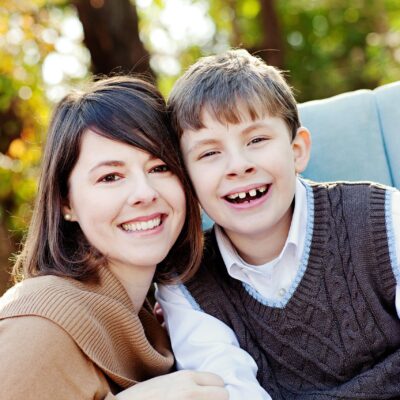
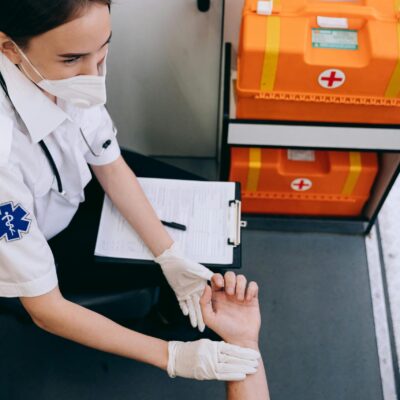

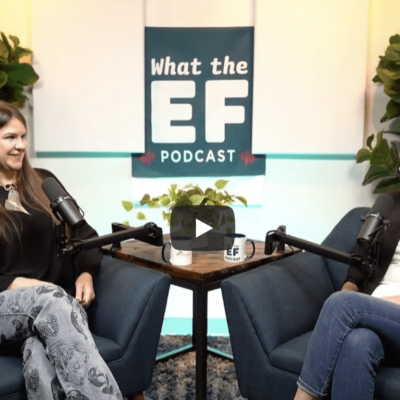
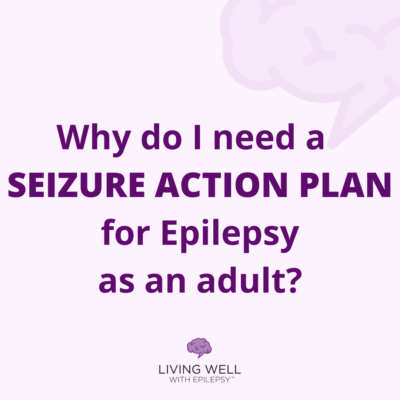
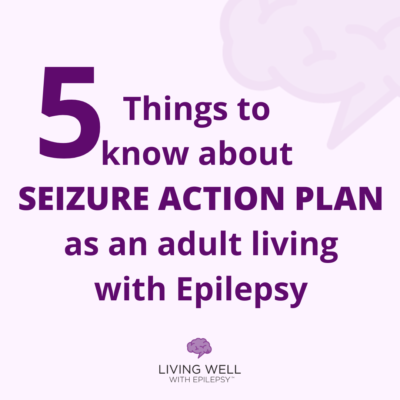


Kevin Couturier
I have Epilepsy don’t know wich way is up or down confused people tell me be happy how can you be happy with this disease I’m scared i might hurt someone
Jessica K. Smith
Kevin,
You’ve already taken the first step. That’s reaaching out. If you are in the Orange County area I would encourage you to connect with the team at https://esnoc.org/
You can also subscribe to the newsletter and you can connect with the epilepsy foundation.